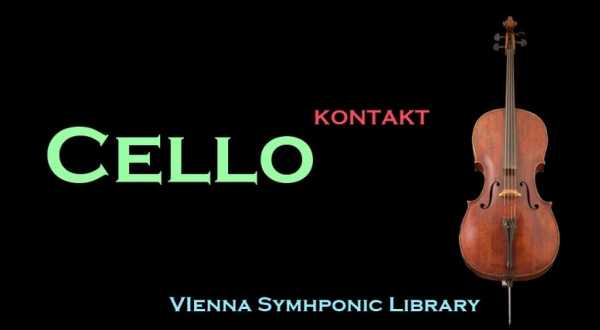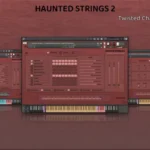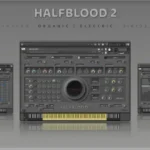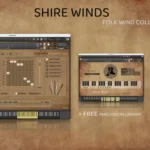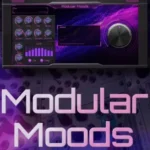VSL Cello KONTAKT
P2P | KONTAKT | 5.05 GB
The cello (violoncello) is the tenor and bass instrument of the violin family (violin, viola, cello). In the 19th century the cello advanced along with the violin to become the most important bowed instrument for solo works. In the 20th century cellists began to specialize more, concentrating more on solo, chamber or orchestral playing. It is constructed using the same components as the violin, the only difference being the larger size. The bow is about 2 cm shorter and a quarter as heavy again as the violin bow. Horsehair is stretched between the two ends of the bow, with rosin ensuring that the bow remains in contact with the string.
Classification
– Chordophone, necked lute, stringed instrument. Tenor and bass instrument of the violin family (violin, viola, cello)Head
– Scroll and pegbox maple
– 4 side-mounted pegs (ebony)Neck
– Length: 28 cm, fretless fingerboard made of ebonyBody
– Length: approx. 75.5 cm, box form
– Belly with F-shaped sound holes, back, ribs.Strings
– Length of the vibrating strings: 68–70 cm, 4 strings, tuned to intervals of a fifth. C2, G2, D3, A3. Material: gut, silver, copper, aluminum, steel, nylon.Bow
Length: 71–73 cm. Bow stick made of Pernambuco wood; point, adjustable frog. Shorter and heavier than the violin bow.Tail-pin
– SteelTotal length
– Approx. 125 cmMute
– Comb-shaped device made of metal or maple which damps the vibration of the bridge.
INFO/DEMO: http://redi.se/3e80
Vienna Symphonic Library Cello KONTAKT
https://beelink.pro/27961/Vienna-Symphonic-Library-Cello-KONTAKT.html
4356 Views


